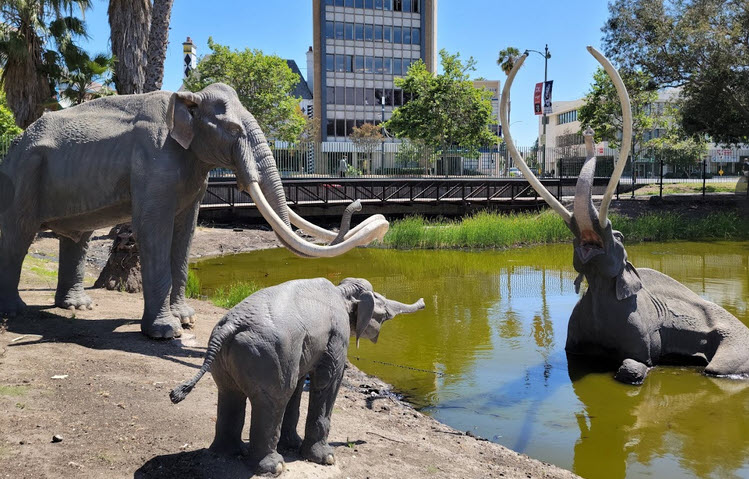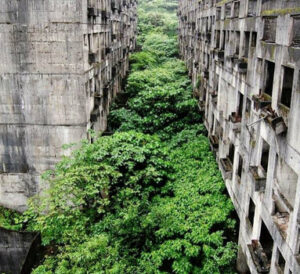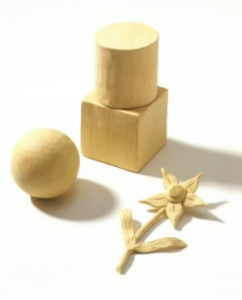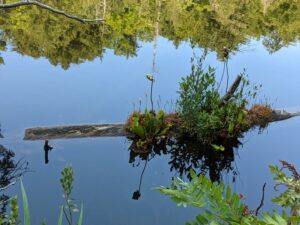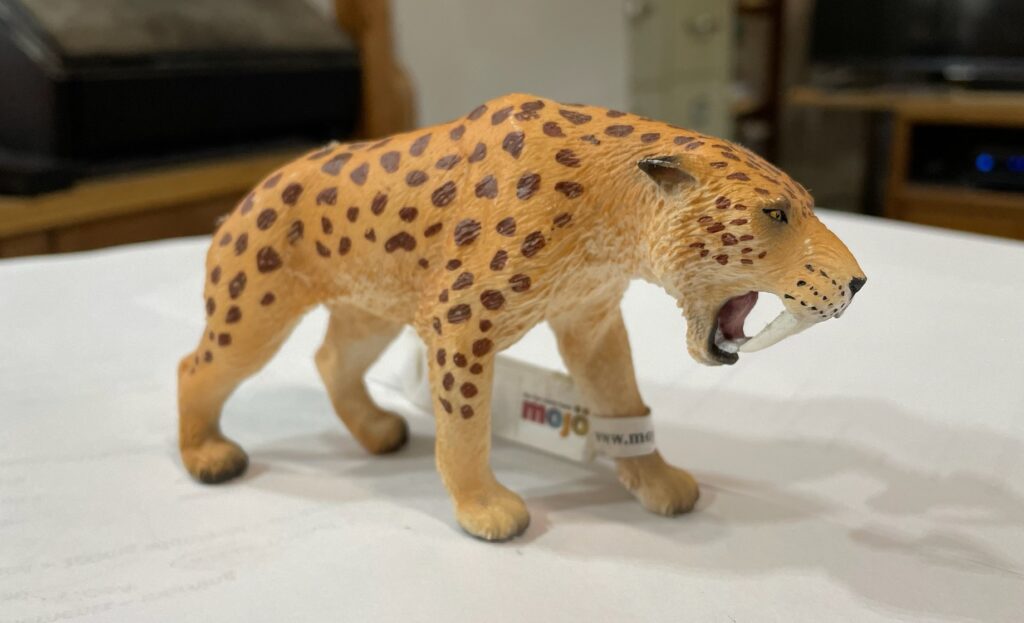
This article in the NY Times offers a fun, thought-provoking twist on the perennial question “how do you decide what condition to restore a site to?”
It is mostly about work being done at the La Brea Tar Pits in Los Angeles. La Brea is that sticky, oily, tar-y mess that captured sabre-tooth cats, dire wolves, and mastodons over thousands of years. Can that work help restore the Los Angeles River?
I can’t remember when I first read about La Brea as a kid, but my facination goes way back. It was one of the first places I visited when I finally made it out to California as an adult. My love for sabre tooths is evident enough that my young nephew insisted his mom get a figurine for me when they came across one in a gift shop.
(Also just for fun – note that La Brea means “tar” so La Brea Tar Pits is another one of those tautological place names like Sahara Desert).
I love too the notion of “conservation paleobiology” though I am not really sure how much understanding the environment 60,000 years ago will help restore the Los Angeles River of today. Hey, maybe I’m wrong!
Actually, the main point of the article is, I think, to try and harness the facination La Brea’s fauna can engender to encourage folks to imagine an alternative future for the current concrete-paved river, and that sounds good to me.
There are other interesting learnings mentioned in the article as well, for instance, evidence of coast live oak is found throughout almost the entire record at La Brea, persisting through repeated major climate changes. As opposed to juniper, which drought seems to take out.
Feed your ecological imagination – check this article out!
